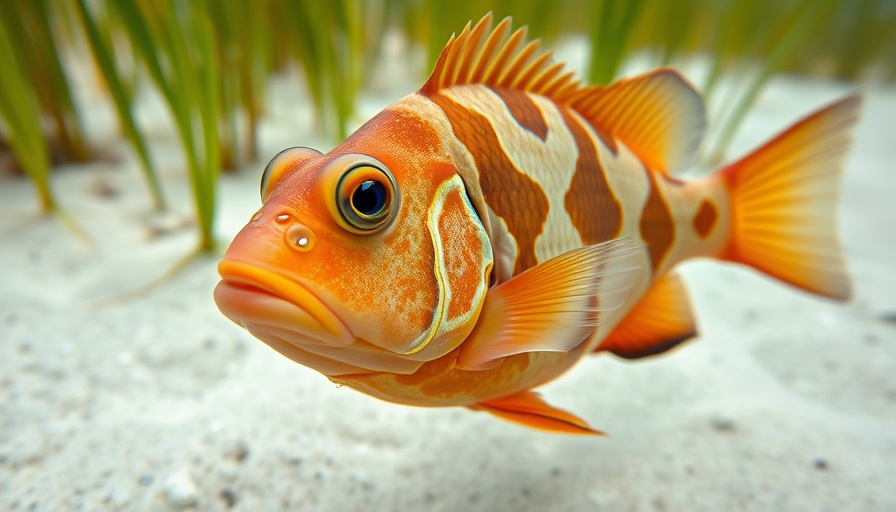
The Hidden Value of Seagrass in Climate Action
Amid discussions of climate change mitigation, one of nature’s unsung heroes is quietly thriving beneath the ocean surface: seagrass. Often overshadowed by larger ecosystems such as forests and wetlands, seagrass meadows play a crucial role in carbon sequestration and biodiversity support. It is essential to understand how protecting this vital resource can help combat climate change and benefit coastal communities around the globe.
Understanding Seagrass and Its Coastal Role
Seagrasses are a unique group of flowering plants found in shallow coastal waters across every continent except Antarctica. These underwater meadows create habitats for hundreds of marine species, nurture young fish, and improve water quality. More than a billion people live within 100 kilometers of seagrass habitats, showcasing their importance in local ecosystems and economies.
Seagrass: A Natural Carbon Sink
Seagrasses are some of the most effective natural carbon sinks on the planet. Although they only cover 2% of the ocean floor, seagrass meadows store nearly half of all oceanic carbon buried in sediments. This process is crucial for not only absorbing carbon dioxide but also for stabilizing coastal soils and protecting coastlines from erosion. If adequately maintained, seagrass can be a linchpin in achieving climate change mitigation goals.
The Impact of Climate Change on Seagrass
As critical as seagrass is for our environment, it faces significant threats from climate change. Marine heatwaves, driven by global warming, have resulted in widespread die-offs of seagrass, particularly in vulnerable areas such as Florida Bay. Nevertheless, recent studies indicate that seagrasses may possess greater resilience against changing climates, showing potential for acclimatization to higher temperatures. Continued research could spearhead better conservation efforts and restoration initiatives.
Economic Implications of Seagrass Loss
The degradation of seagrass meadows could lead to dire economic consequences, with estimated losses of over $200 billion due to environmental damage and health-related costs. The Nature Communications study emphasizes that, if not preserved, the loss of these meadows could release approximately 1.2 billion tonnes of carbon dioxide into the atmosphere, equivalently matching the annual carbon emissions of 100 million U.S. homes. Such figures should ignite urgency in our conservation efforts.
Seagrass Conservation: A Path Forward
Protecting seagrass the world over requires collaborative action from local communities, governments, and global organizations. Initiatives focusing on sustainable practices can help maintain these ecosystems, such as reducing plastic pollution, promoting eco-friendly transportation, and implementing responsible agricultural practices. By collectively embracing these efforts, we can ensure both environmental protection and sustainable livelihoods for future generations.
Final Thoughts: The Power of Community Action
Seagrass conservation is not solely an environmental issue; it’s a matter of social responsibility affecting millions. Decision-makers must heed the data that showcases the importance of these meadows to foster economically sustainable practices. As global citizens, our responsibility is to advocate for environmental conservation through conscious habits, responsible consumerism, and continued education on climate action.
By raising awareness around the significance of seagrass, we can pave the way for a sustainable future while minimizing our ecological footprint. Engaging in absolutely necessary environmentally friendly practices contributes to the health of our planet. It’s time we consider seagrass not just as a sea plant but as key players in maintaining carbon balance, ecosystem health, and ultimately, our future.
 Add Row
Add Row  Add
Add 



Write A Comment